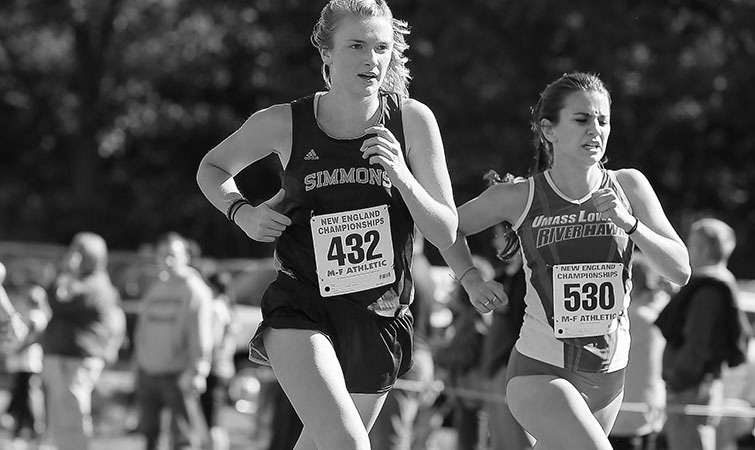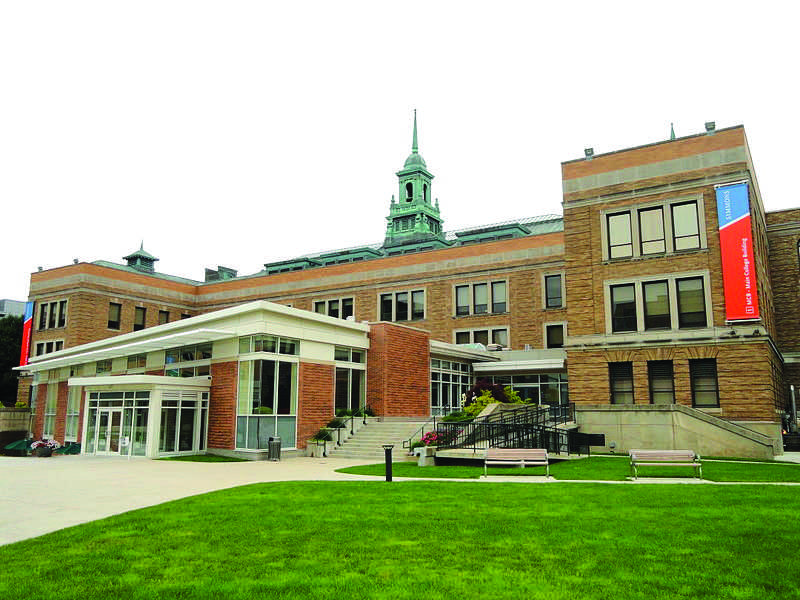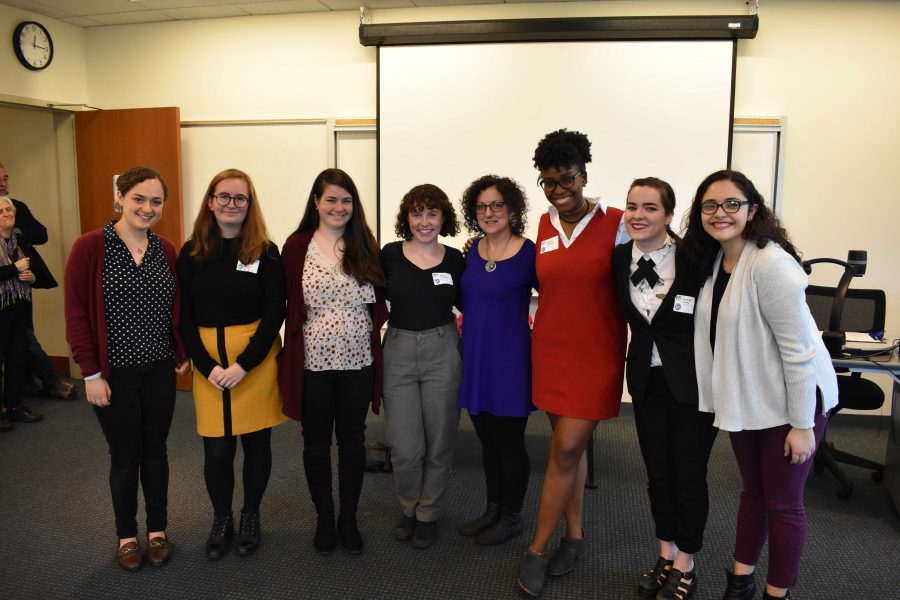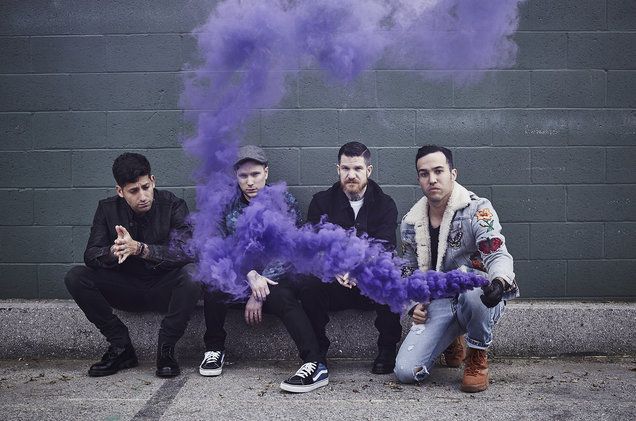By Haley Costen
Staff Writer
About 20 students gathered in the Kotzen room for the Health Education office’s first Taboo Tuesday discussion about cultural appropriation, the objectification of women, and rape culture during Halloween.
The panel, led by Kate Connelly of the Violence Prevention and Educational Outreach Program, Ashley Zeoli of the Health Education office, and Residential Director Kat Michael, tackled everything from double standards in men and women’s Halloween costumes, and sexual empowerment, and the cultural appropriation of certain cultures during Halloween.
The panel flipped through a series of pictures depicting men and women’s costumes. While men in firefighter and sailor costumes are dressed in passable or unisex outfits for the occupations, women are seen in short skirts and midrif-baring tops.
Connelly pointed out that while many costumes are occupational, the female versions of costumes are less about the occupation, but more about the “sexy” nature of the costume.
The panel also commented on the fact that people who do not look like the models of the female costumes are limited as to what costumes they can buy on Halloween.
“If you go to any Halloween superstore, you can’t find anything that’s not in this cut,” Michael said, gesturing to the female sailor costume. “If you don’t have this body you can’t dress as anyone for Halloween.”
Michael also spoke of the influence of the porn industry on Halloween costumes.
Leg Avenue, one of the biggest Halloween costume retailers was primarily known for making porn costumes until the early 2000s, according to Michael.
Zeoli pointed out that costume companies often market costumes that are not typically thought of as sexy.
“They take kid things and try to make it adult sexy, “ Zeoli said.
The panel also explained slut-shaming, the act of making a person, especially a woman, feel guilty or inferior for certain sexual behaviors.
The group also discussed whether women who dress in sexualized costumes are empowered or objectified.
Cultural appropriation was another element of the discussion. It typically involves members of a dominant group exploiting the culture of less privileged groups.
The panel used a slide depicting a white woman dressed in stereotypical Native American garb featuring a feather headband and a tomahawk.
Michael pointed out how if the tomahawk and feather were removed and the bodice of the outfit was leopard print, it would most likely be interpreted as a cavewoman outfit. This type of costume contributes to the “othering” of a culture and making it seem savage-like.
“The thing about privilege is you can put things on and take them off and never have to worry about it again,” Connely said.
The group also discussed how cultural appropriation occurs outside of Halloween, with Connelly bringing up Miley Cyrus’ twerking at the 2013 Video Music Awards (VMAs). Though twerking has been part of black and hip hop culture for years, Cyrus, as a white woman is currently exploiting it and proffeting from it.
The last slide featured a white couple in blackface dressed as Ray Rice and his wife Janay Palmer, who he was shown knocking unconcious on elevator footage. The Palmer costume featured a woman with a makeup black eye.
“It goes back to this victim blaming mentality,
Connelly said, pointing out how the costume reinforces the idea that black women are victims and black males are perpetrators.
The event was the first of a series of Taboo Tuesdays by the Health Education office and Violence Prevention and Educational Outreach Program.













